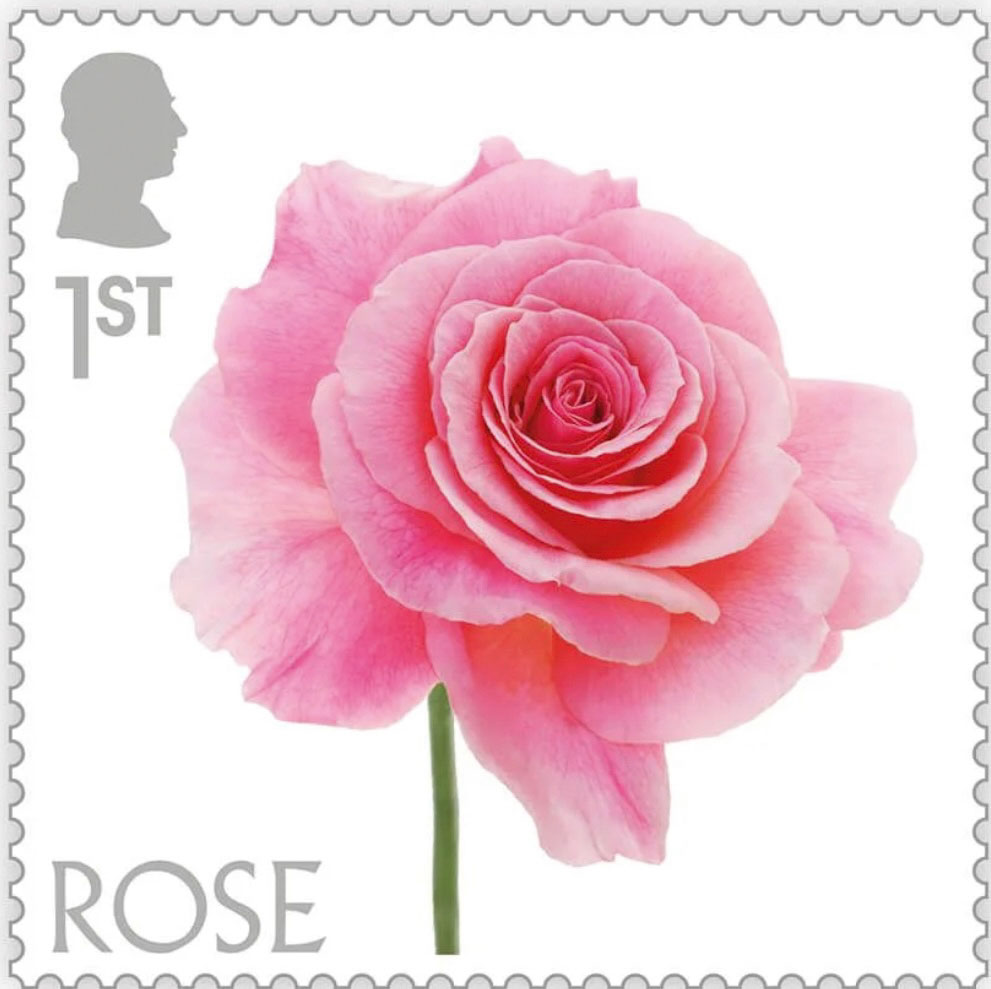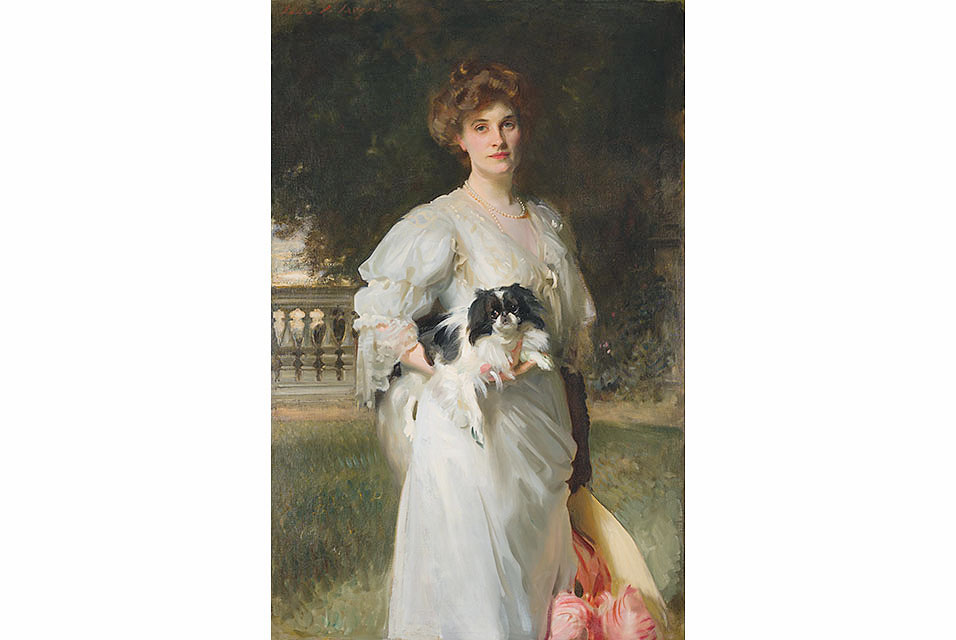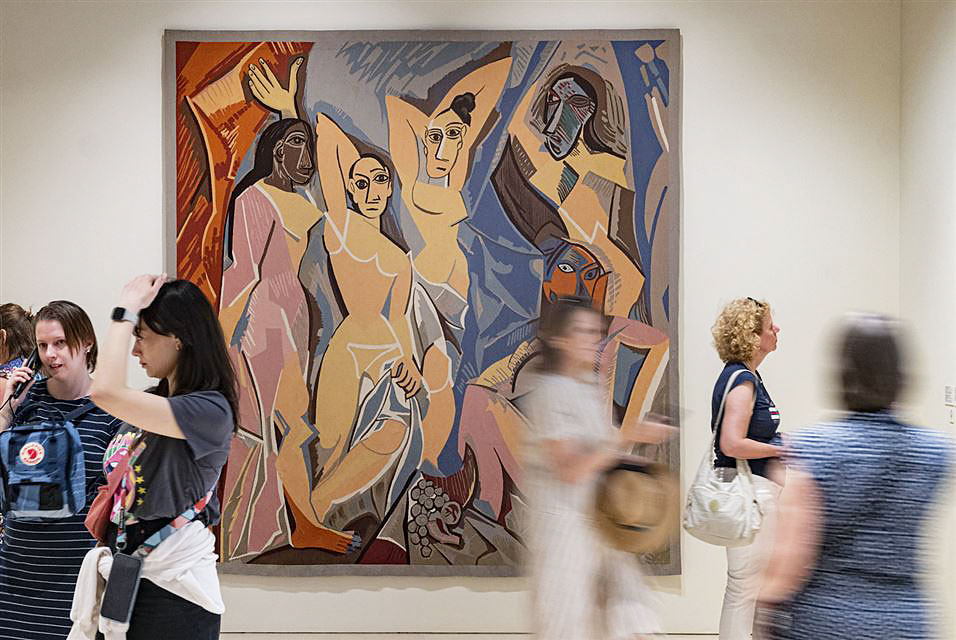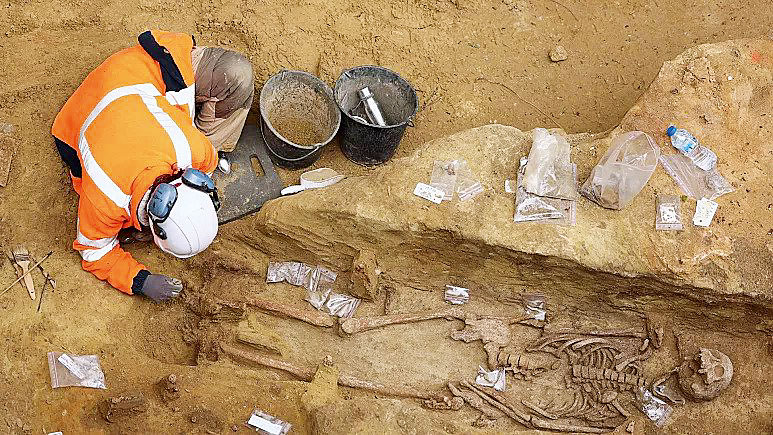
New interwar themed exhibition focusing on the 1920s Bonn Art Museum (until July 30) is, as it is called, “a kaleidoscope of modernism.” The 1920s could only be compared to the 1960s in their desire for renewal and a break with the past. Both decades after the World Wars encouraged questioning, innovation and experimentation. In Bonn, the interwar period (such a defining one for Germany itself) is explored through leading works of art and thematic narratives. According to the Bonn Museum, the radical nature of the era gives it an impressive and enduring relevance even into the 21st century.
In the exposition, as in a kaleidoscope, the variety of images and sounds gives rise to a new perception of the interwar period, a powerful process that contributes to the development of new thinking about the originality of the era, but also its analogy with ours. The 1920s as well as the 1930s were characterized by social upheaval. There was an unshakable belief in progress and an unparalleled desire for innovation in all walks of life. Widespread networks of artists, social unrest, extremist politics, mass communication and expanded access have contributed to the creation of many and varied forms of the urban avant-garde. It was a time of contradictions and conflicts. The old world was becoming unstable.
The exhibition in Bonn is built around three thematic sections: first, the phenomenon of the metropolis as a habitat and the distorting reflection of modernism. Second, a discussion of new role models for women and men. Thirdly, the rejection of the old architectural expression and the promotion of new housing models. This is obviously an exhibition that reflects through art, evidence, documents. Emphasis is also placed on the phenomena caused by the interwar period: its own version of globalization, speed, the desire to experiment, the questioning of traditional gender roles, the break with forms of historicism and the adoption of new technologies. Perhaps one of the most interesting elements of the exhibition is comparison and parallels with our era, similarities and differences.
Views of the world

LONDON
Philatelic flowers
A new series of Royal Mail stamps with a clear profile of King Charles III is dedicated to flowers and has already delighted thousands of stamp collectors. The new stamps have ten denominations (themes) on a white background with exquisite floral designs such as peony, rose, dahlia, sunflower, musk pea, iris, tulip, lily… The series is decorated with appropriate philatelic materials, such as the famous postcards of the British Post Office .

PARIS
Marcel Marceau
The publishing house Actes Sud published an autobiography of the versatile artist, mime and actor Marcel Marceau (1923-2007), who was especially popular (including in Greece). The text he wrote was given to his children and is now published in French under the title “The Story of My Life”. Born in Strasbourg, Marcel Marceau was perhaps the most famous mime of the 20th century. He appeared before thousands of spectators in many countries.

FLORIDA
Young sergeant
The Norton Museum in West Palm Beach, Florida, has announced that it will add a new painting by John Singer Sargent to its collection. This is “Portrait of Mrs. Frederic Guest (Amy Phillips)” (1905), a generous gift to the museum from the portrait’s grandson Alexander Guest and his family. The new acquisition strengthens the Norton Museum’s position as a treasure trove of American art, as well as the owner of John Singer Sargent’s first work.

MALAGA
Early Picasso
In Malaga, the birthplace of Pablo Picasso, you can see the house in which he grew up, as well as his early work, work before Picasso became “Picasso”. The Picasso Museum in Malaga receives over 700,000 visitors every year, reminding us that buying culture contributes to the national income. There, in the Malaga Museum, you can also admire a woven work by Jacqueline Dürrbach, an adaptation of Miss Avignon (1907).

PARIS
ancient tombs
The discovery of archaeologists in the center of Paris made an impression. They found 50 graves untouched for centuries very close to the Port Royal metro station on the left bank. The Parisian necropolis now offers a rare testament to what life was like in this part of the French capital 2,000 years ago, during the time of the Roman Empire. The name of Paris during the Roman Empire was Lutetia. Many finds testify to the prosperity of the city.
Source: Kathimerini
Ashley Bailey is a talented author and journalist known for her writing on trending topics. Currently working at 247 news reel, she brings readers fresh perspectives on current issues. With her well-researched and thought-provoking articles, she captures the zeitgeist and stays ahead of the latest trends. Ashley’s writing is a must-read for anyone interested in staying up-to-date with the latest developments.